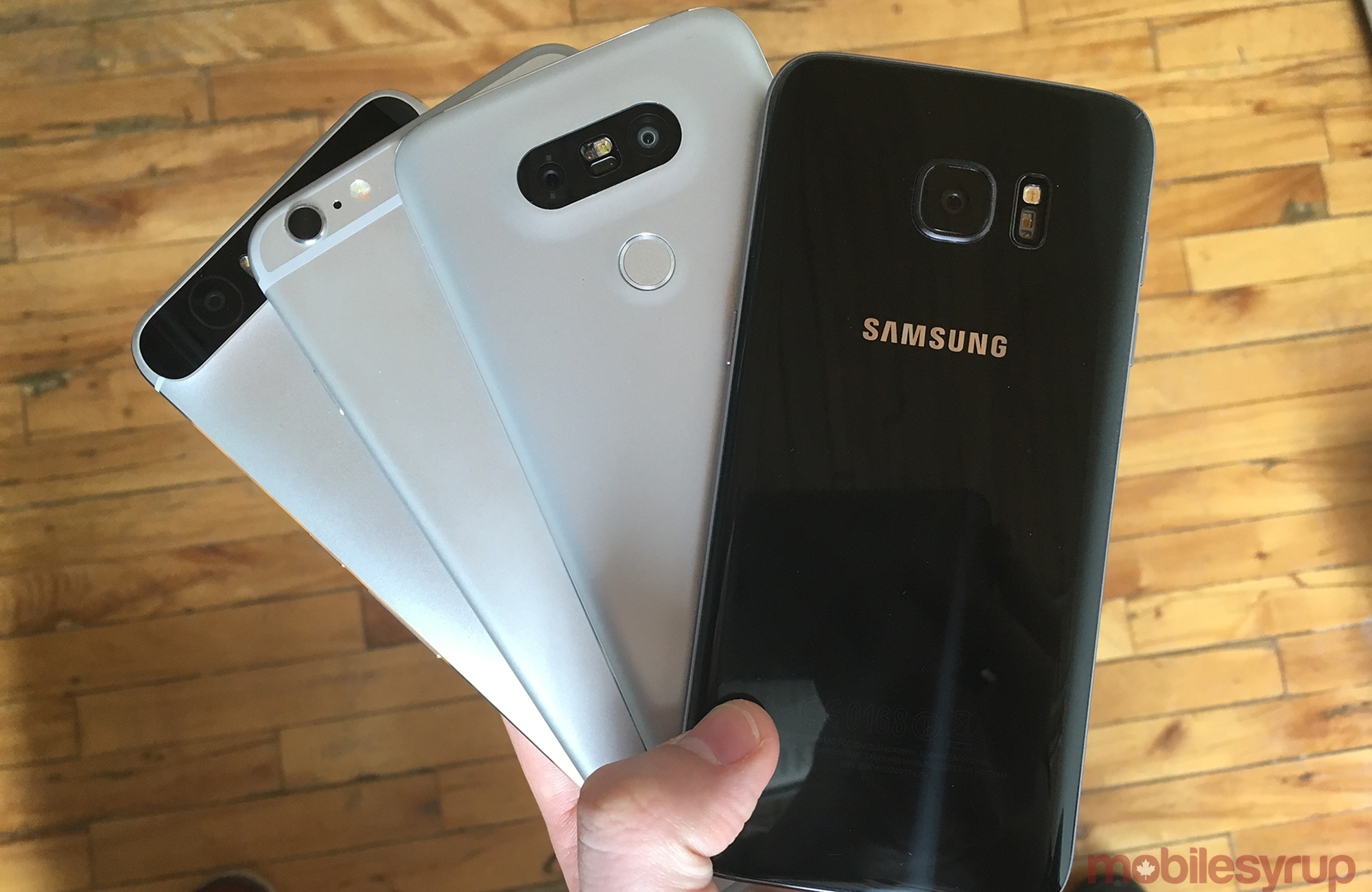
Year after year, consumers are told the same thing. Smartphone sales have just doubled; Tripled; Quadrupled! The drastic increase in mobile phone ownership isn’t news, but the gradual slow down of that growth is quickly becoming a point of contention for the industry.
While smartphone sales continued to experience positive growth this past quarter, several factors indicate that this growth is slowing and will eventually come to a halt. Over 45 million smartphones were sold in the first quarter of 2016, which totals an approximate four percent increase year over year.
The upwardly mobile costs of smartphones will likely play a role in a gradual decrease in revenue. Furthermore, most consumers have made the transition to 4G. This refers to the point when customer retention becomes more important than acquisition, lengthening replacement cycles.
According to a report sent to MobileSyrup by the consumer data company, GfK, their forecast for growth has been downgraded by 5 percent based on this trend.
“The first quarter of 2016 shows continued smartphone growth worldwide,” said Kevin Walsh, director of trends and forecasting at GfK in a statement sent to MobileSyrup.
“However, we are seeing a slowdown in growth rates when we compare year-over-year performance. As a result, we have downgraded our 2016 growth forecast to 5% year-over-year. Operators and manufacturers are responding with a variety of strategies in the different regions, such as increased marketing activity and subsidies.”
This translates to an impact in global sales revenue where some areas will likely be hit harder than others by the end of this year. North America, including Canada, for example is forecasted to see smartphone sales decrease by 1 percent. Other areas however are poised to experience more significant drops, such as Latin America which has been forecasted to see a 14 percent drop in smartphone sales by the end of 2016.
Arndt Polifke, global director of telecom products at GfK, concludes in a statement sent to MobileSyrup that the smartphone landscape will continue to evolve as more advanced technology becomes available and that the market will evolve with it.
“The connected consumer is evolving from connectivity to complete and seamless integration with technology. For smartphones, there is still growth to come from connectivity, especially in the emerging markets. Already though, we are seeing how the next wave of growth from wearables, virtual reality and smart homes can be complementary to smartphone growth in 2016 and beyond.”
It’s important to note that Apple experienced its first loss in revenue with a particular focus placed on the declining demand for iPhones.
Related reading: North America and Hong Kong remain world’s most connected regions, GfK study said
[source]GfK[/source]
MobileSyrup may earn a commission from purchases made via our links, which helps fund the journalism we provide free on our website. These links do not influence our editorial content. Support us here.


